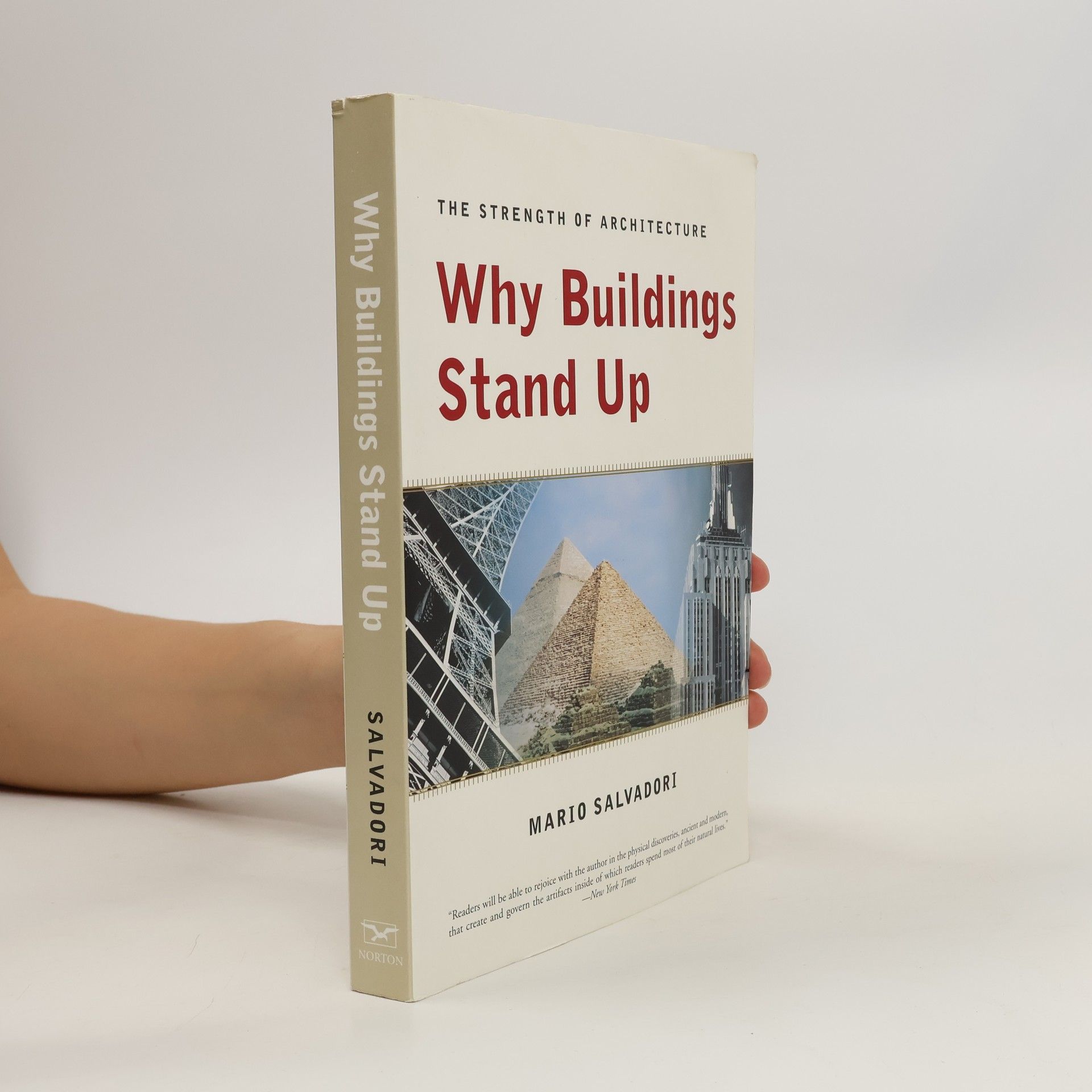Earthquakes, volcanoes, and tsunamis don’t happen every day, so how can budding scientists study how they work? Through experiments, models, and demonstrations. This in-depth resource will teach readers how to build a seismograph to record a simulated earthquake, compare pressure waves and shear waves—the two types of ground shocks—using a Slinky, and replicate a tsunami’s destructive effect on a “coastline” built in a bathtub. Authors Matthys Levy and Mario Salvadori even discuss issues of modern architecture and civil engineering: how science can be used to protect buildings and property in earthquake-prone areas. Earthquakes, Volcanoes, and Tsunamis answers a wide array of questions about these phenomena. Can animals “predict” earthquakes? How have various cultures explained the movement of the earth throughout history? What is the Richter scale, and what does it tell us about the strength of a quake? And most important, readers will learn how to earthquake-proof their homes, and how to protect themselves should they experience a tremor.
Mario Salvadori Livres






Why Buildings Fall Down
- 336pages
- 12 heures de lecture
The authors examine buildings of all kinds, from ancient domes like Istanbul's Hagia Sophia to the state-of-the-art Hartford Civic Arena. Their subjects range from the man-caused destruction of the Parthenon to the earthquake damage of 1989 in Armenia and San Francisco.
Engineering the City
- 144pages
- 6 heures de lecture
How does a city obtain water, gas, and electricity? Where do these services come from? How are they transported? The answer is infrastructure, or the inner, and sometimes invisible, workings of the city. Roads, railroads, bridges, telephone wires, and power lines are visible elements of the infrastructure; sewers, plumbing pipes, wires, tunnels, cables, and sometimes rails are usually buried underground or hidden behind walls. Engineering the City tells the fascinating story of infrastructure as it developed through history along with the growth of cities. Experiments, games, and construction diagrams show how these structures are built, how they work, and how they affect the environment of the city and the land outside it.
Why Buildings Stand Up
- 323pages
- 12 heures de lecture
Readers will rejoice... in the physical discoveries, ancient and modern, that create and govern the artifacts inside of which readers spend most of their natural lives.-New York Times
Perché gli edifici stanno in piedi
- 366pages
- 13 heures de lecture
Inhaltsverzeichnis1 Architektur und Tragwerk.2 Lastarten.3 Konstruktionsmaterialien.4 Einige Grundregeln.5 Spannungsarten.6 Tragwerke für Zug oder Druck.7 Balken.8 Rahmen und Bögen.9 Einzelheiten zum Tragverhalten.10 Roste, Platten, Faltwerke.11 Membranen.12 Schalen und räumliche Stabwerke.13 Zusammenfassung.Sachwortverzeichnis.